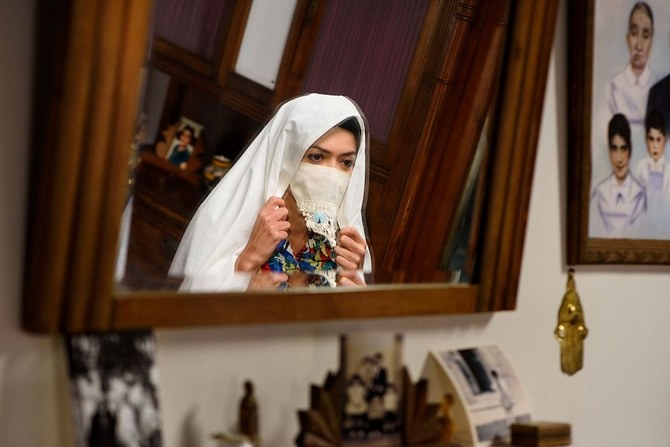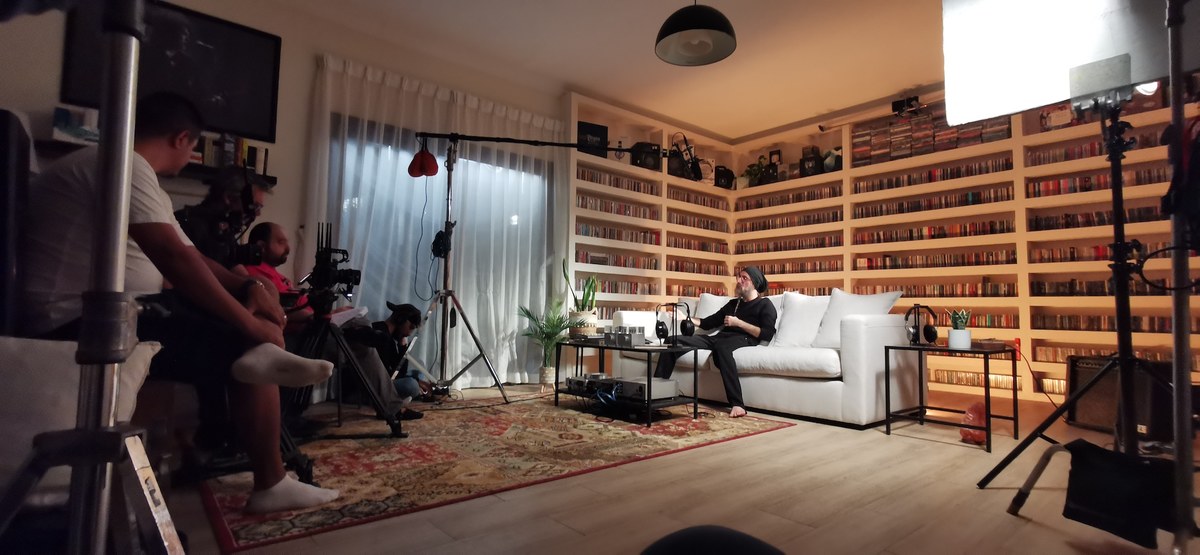VENICE: The French Pavilion at this year’s Venice Biennale, featuring the stirring works of Paris-born Algerian artist Zineb Sedira, has been awarded “Special Mention” by the jury of the 59th Venice Biennale.
One of the most popular pavilions during the opening preview days of the art world event, Sedira’s exhibition, “Les Reves n’ont pas de titre” (“Dreams have no titles”) (2022), curated by Yasmina Reggad, Sam Bardaouil and Till Fellrath, is a moving cinematographic installation based on the militant films of the 1960s and 1970s co-produced by France, Italy and Algeria, tackling the subjects of colonialism, exile, racism and discrimination in a subtle and playful manner.
Her new work, Sedira says, is also an homage to “The Battle of Algiers” (1966), directed by Pontecorvo, which won the Golden Lion at that year’s Venice Film Festival. By referencing such old films, Sedira re-enacts the sense of community and spirit that enabled the production of these classics. It is a way of remembering the past within the present.
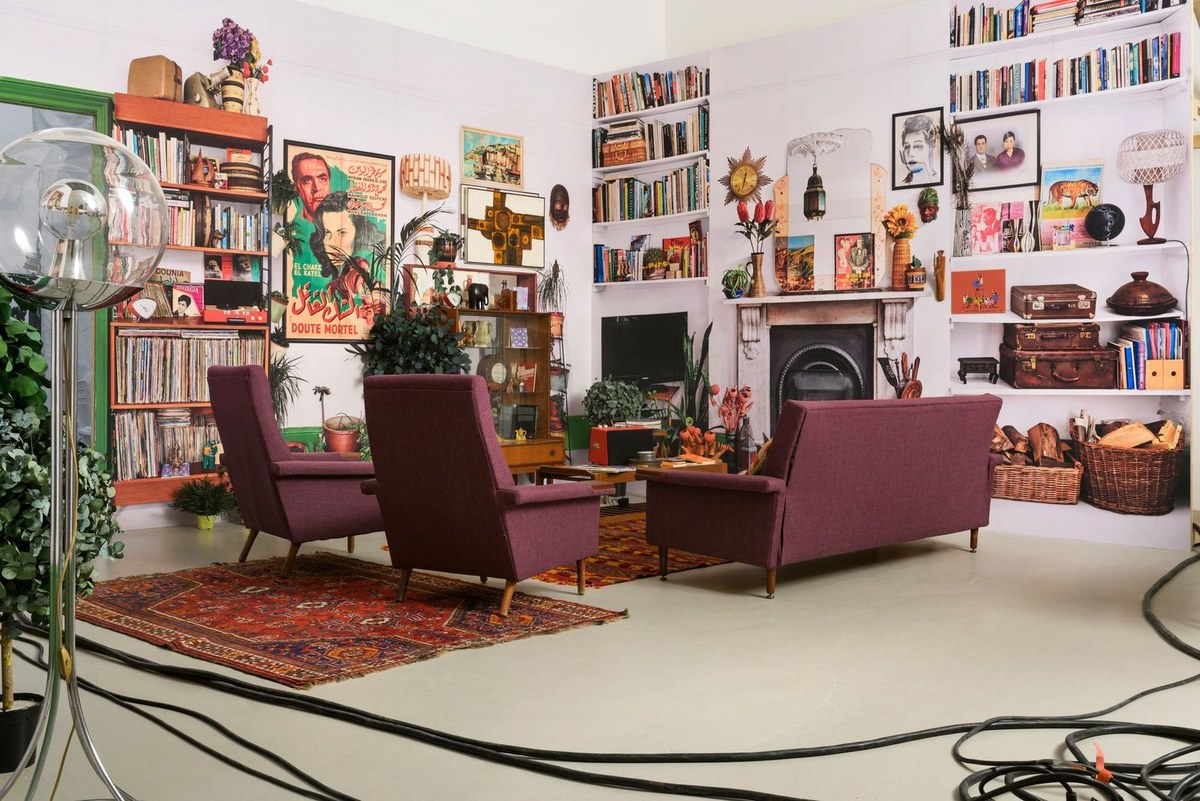
Les rêves n'ont pas de titre. Courtesy of Thierry Bal and Zineb Sedira
Born in France in 1963, one year after Algeria won its independence from France, Sedira grew up in Paris and, as the film shows, she was subject to constant racism. Sedira is a product of the colonial legacy but her film offers a light-hearted way to view and accept the past. Now London-based, Sedira is known for her site-specific and mixed-media installations that merge fiction and non-fiction — places and events that are both imagined and lived. She regularly incorporates into her work the themes of migration, generational shifts, trauma and the effects of colonialism.
Best known for her poignant photographs, installations and video work, Sedira’s selection marks the fourth time a woman has represented France at the Venice Biennale. It also represents the first time an artist of Algerian descent has been chosen for the prestigious commission.
“This is first and foremost a recognition of the work of Zineb Sedira, and to all the artists and curators who work in the spirit of solidarity and generosity,” curators Till Fellrath and Sam Bardouil told Arab News. “We are very delighted that both the jury and the public have felt the intricate layers underlining this powerful installation.”
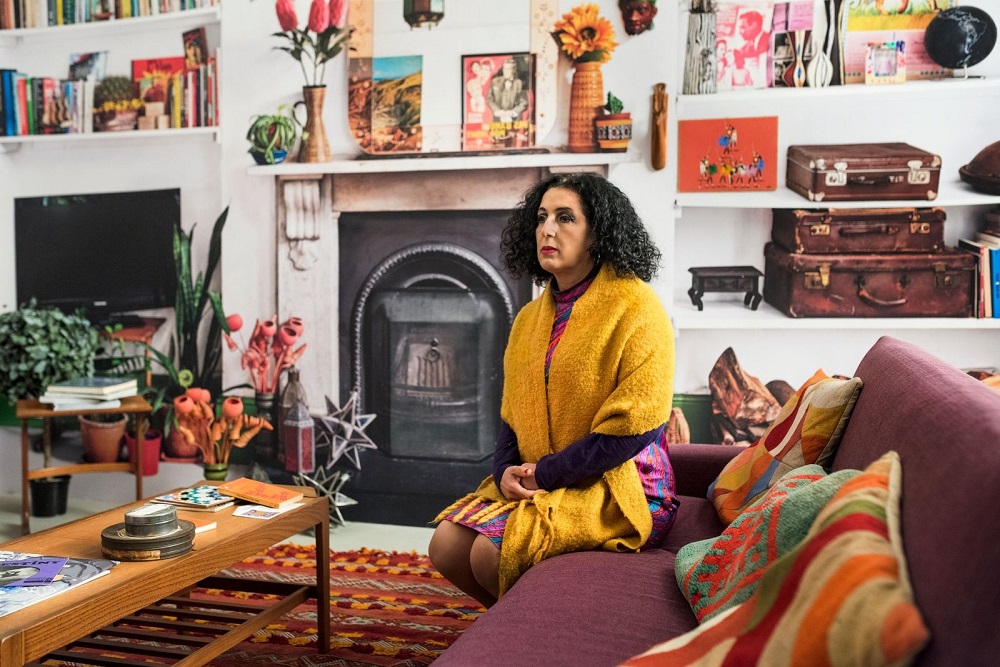
Les rêves n'ont pas de titre. Courtesy of Thierry Bal and Zineb Sedira
Visitors are immersed in Sedira’s cinematic installation as soon as they enter the pavilion and transported back in time thanks to the 1960s architectural cues — in the form of a wooden bar with large mirrors, mid-century design and decorative objects, a velvet couch, and multiple shelves lined with vinyl and posters of classic Algerian films.
The artist’s evocative exhibition in the 23-minute film begins with Sedira’s passion for cinema of the 1960s, and traces this great love throughout her life, showcasing how the genre of film has allowed her to feel a sense of belonging, community, solidarity with those of the past and the present, those familial ties still in Algeria and those in France.
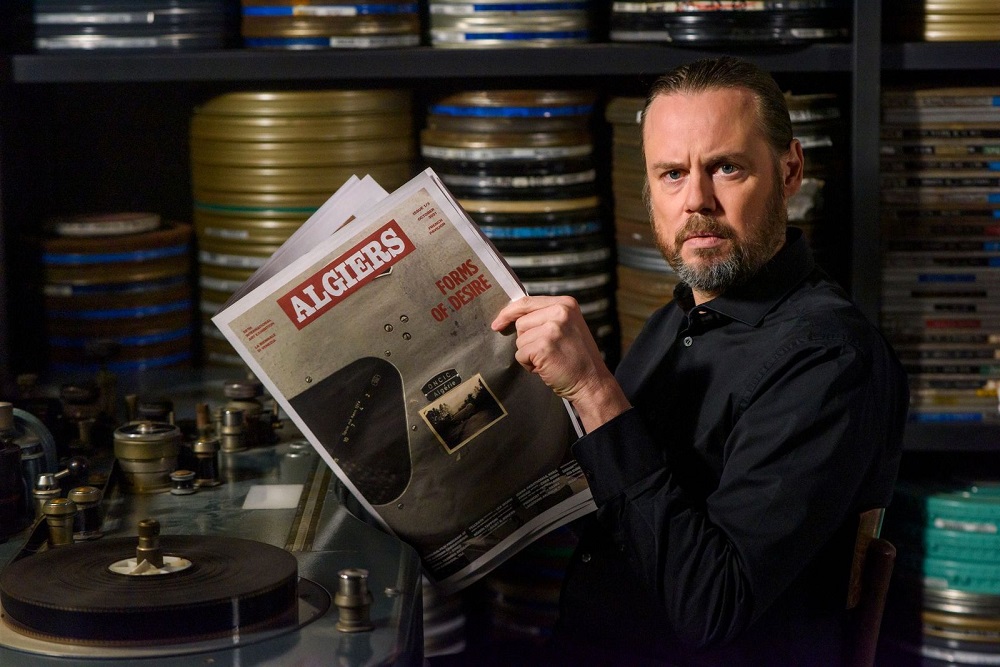
Les rêves n'ont pas de titre. Courtesy of Thierry Bal and Zineb Sedira
“I took shelter in watching movies and then I created my own,” Sedira narrates during the film.
The film was shot inside the French pavilion and features the curators and film crew, the artist, her son, friends and other artists, notably Sonia Boyce, the first Black woman to represent the UK in the Venice Biennale and the winner of this year’s Golden Lion for her presentation in the adjacent British Pavilion, and Latifa Echakhch, a Moroccan-French artist working in Switzerland representing the Swiss Pavilion this year.
At the end of the film, the audience witnesses her happily dancing, simply dancing away, while donning a yellow dress as if somehow through art she has transcended the ghosts of the past.



